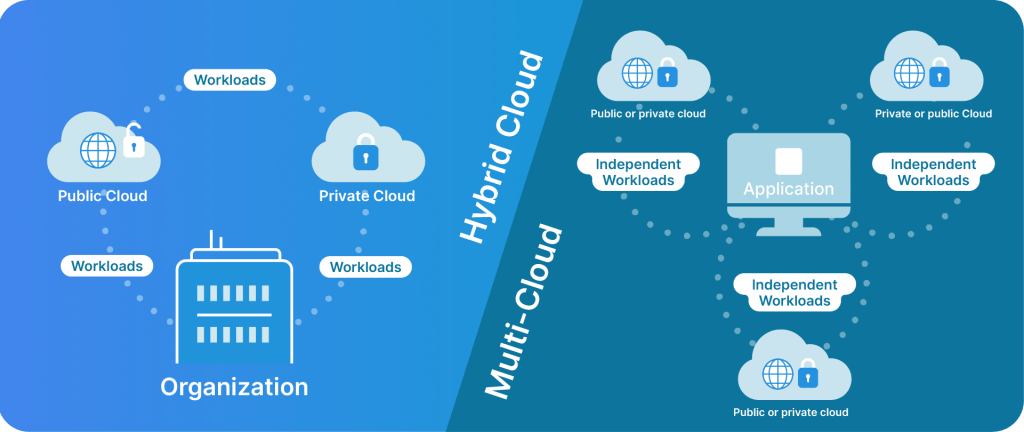
Hybrid and multi-cloud environments, besides being flexible and scalable, offer a host of benefits to an enterprise. It is also cost-efficient. But it also has backup challenges.
You can effectively face these challenges by resorting to a cloud-based backup monitoring tool. It can also be used for recovery purposes. Since a large number of enterprises are now realizing the risk of losing data when stored using traditional backup methods, they are switching over to ultra-sophisticated AI-backed software for this purpose.
The cloud backup market is following an upward curve as demand for software and backup monitoring tools rises globally. In a recent report, the demand for cloud-based data back-up software solutions is increasing due to the fact that it provides a secure, cost-effective, and efficient way to store and protect data.
This has not come without problems or issues. Hybrid and multi-cloud environments face several backup challenges.
Here are five of these major challenges:
Complexity Involving Data Protection
The first and foremost challenge is the complexity of data protection, as data can be stored in multiple locations. These locations can be on-premises, public cloud, or private cloud. The main challenge arises from the fact that each of these locations has formats, backup protocols, and schedules that differ from each other. As a result, a complex situation is created in the process of data protection.
Security and Compliance of Your Data
Information and data are exposed to a plethora of risks, like natural calamities, human error, or intrusion into the computer network. When these risks occur, your information or data can compromise its availability, confidentiality, and integrity. If you don’t implement a very strong backup security regime, you may lose the data. This necessitates that you audit on a regular basis and use encryption technology for your data backup.
Ensuring Data Recovery Speed
This is a very important factor that you must keep in mind. Data recovery speed can be impacted by different factors, including network latency, bandwidth limitations, storage capacity, and backup frequency. In data recovery speed, the Recovery Time Objectives and Recovery Point Objectives happen to be very important. The heterogeneity of your backup environment may also impact the speed.
Data Backup Visibility and Reporting
This is a major challenge you may, at times, face. The reason for facing this challenge arises from the fact that your backup involves multiple systems, owners, locations, and environments.
It is in this backdrop that you need backup software that can customize the backup dashboard, provide total visibility, and do reporting impeccably. A cloud-based backup monitoring tool can act as a major solution in such a situation.
The application of IoT-based devices in the manufacturing sector, huge data generation on a daily basis in the telecom sector, and the growing volume of internet networks are making it essential to use cloud backup systems.
Scalability and Cost Factors
Scalability and cost are very pertinent as data backup consumes a lot of storage space, network bandwidth, and computing power. Subsequently, your operational costs may go up. Unless you keep adjusting and optimizing, you cannot ensure the full safety of the data stored in your network.
These are the five most important challenges that you may face in a hybrid or multi-cloud environment. Despite these challenges, hybrid clouds are becoming more popular day by day.
What Is Hybrid Cloud and Why Do Firms Need It?
This is a fusion of different types of computing environments and peripheries. It is totally different or markedly different from the traditional backup methods. The hybrid cloud utilizes the advantages of various platforms to meet certain business needs.
Currently, most enterprises, sales corporations, and organizations are switching over to hybrid cloud computing. One of the primary reasons for this choice is the strong networking in the hybrid cloud space. This has proven to be very reliable and secure communication. It is useful for WANs and dedicated networking environments. Due to its extremely good connectivity, enterprises can easily switch between the private and public clouds.
Conclusion
Backup challenges in hybrid and multi-cloud environments need to be addressed properly, as a normal backup function is essential for the smooth flow of data availability, compliance, and disaster recovery. It is in this context that the implementation of a particular need-based digital and technological regime assumes massive significance.
Specific tools must be used to overcome all these challenges. The growing application of IoT in the industrial and manufacturing sectors further enhances the importance of cloud backup monitoring tools.
